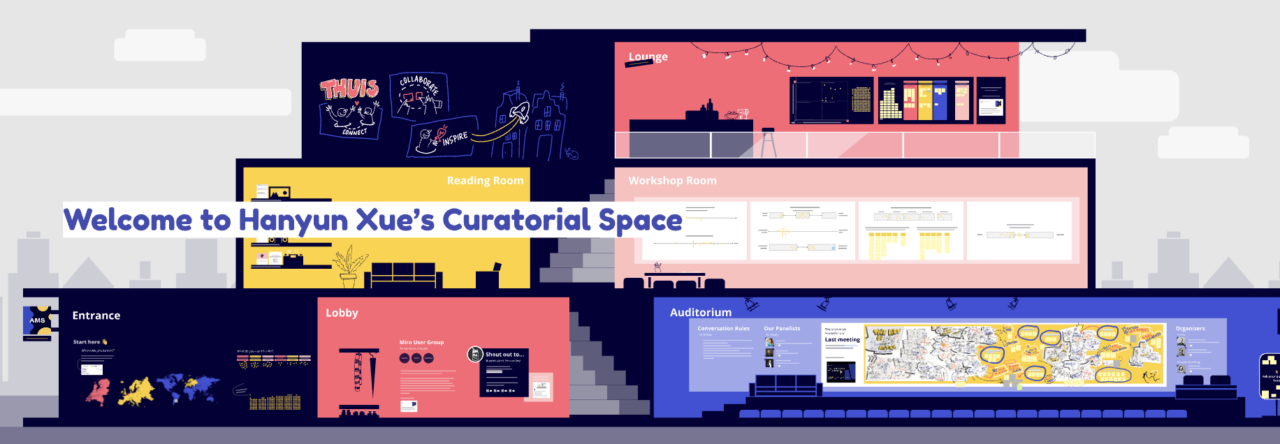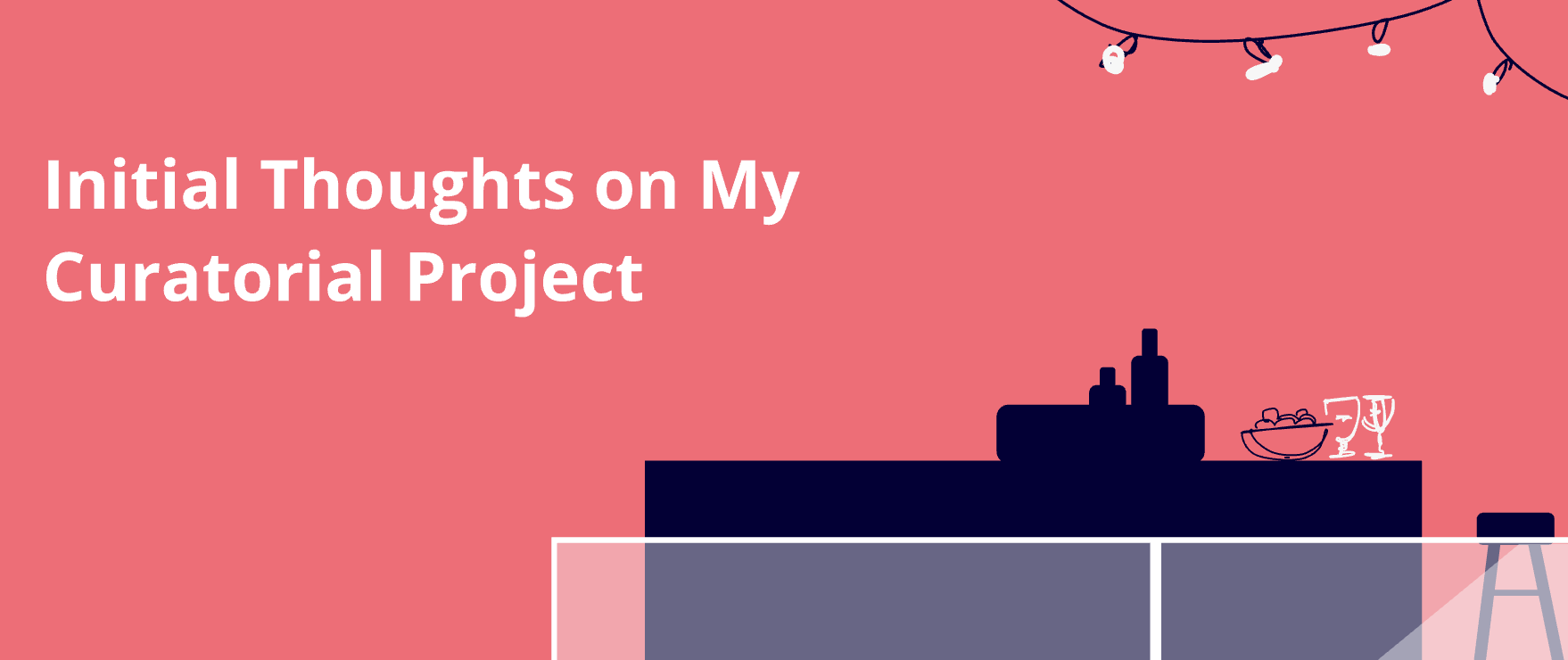Title: Speculative Curation: Exploring Symbolic Power in the Art Market 🎨💡
Introduction: My Theme and Background
Lately, I’ve been brainstorming ideas for my curatorial project, and I’ve decided to focus on “Value Construction and Symbolic Power in the Art Market.” This theme was inspired by my personal experiences—working at Sotheby’s made me realize that the value of art isn’t just about the work itself. It’s shaped by a complex interplay of cultural, economic, and social factors. The price tag? That’s just the surface. The real power lies in the narratives and systems behind it.
This theme aligns perfectly with the values of our course, especially the ideas of relational and critical curating. I want my project to explore how auctions construct cultural meanings and challenge viewers to rethink the invisible mechanisms of the art world.
Initial Research and Course Insights
As I began my research, the concept of the “Capitalocene” (thanks to our lectures!) became a key lens for my thinking. It frames capitalism as a force that shapes not just economies but also culture and societal structures. This helped me see the art market as more than a transactional space—it’s a microcosm of modern power dynamics.
One example that stood out during our class discussions was the “24/7” exhibition (2020, Somerset House). This show explored the relationship between time and consumer culture, and it sparked my thinking about how auctions—both brief and performative—are like ritualized spectacles of cultural value.
I’ve also been diving into the work of Andreas Gursky, particularly his piece 99 Cent (1999). His hyperreal depiction of consumerism highlights the tension between the mundane and the symbolic—something I think is deeply relevant to the art market.
📖 References:
•Gursky, A. (1999). 99 Cent. C-Print.
•Bourdieu, P. (1984). Distinction: A Social Critique of the Judgment of Taste. Harvard University Press.

Gursky, A. (1999). 99 Cent. C-Print.
(Source:https://www.andreasgursky.com/en/works/1999/99-cent/zoom:1)
Speculative Curation: My Format and Approach
For my project, I’m envisioning a participatory, interactive exhibition that simulates the experience of an art auction. My goal? To let visitors step into the roles of bidders and experience how value is constructed in real-time. Here’s my current plan:
🎤 Main Exhibition Areas:
1.“The Auction Room”:
•A multimedia installation recreating the atmosphere of a high-profile auction. Participants can bid on artworks using virtual tokens, deciding on their value based on provided backstories.
2.“Behind the Scenes”:
•A display showing how artworks are marketed and their values shaped by institutions, media, and collectors.
🤝 Interactive Elements:
•Visitors will anonymously “bid” on artworks and see how their choices affect the final outcome.
•A live projection of data will show how each piece’s “value” evolves based on audience participation.
This participatory model reflects the “relational curating” we discussed in class. By involving the audience, I hope to transform them from passive viewers into active participants in the symbolic power dynamics of the art world.
Critical Reflection: Challenges and Next Steps
Of course, the complexity of this theme presents challenges:
1.Simplifying Complexity:
•The art market involves multiple layers (economic, cultural, political). How do I simplify this for my audience without oversimplifying the meaning?
2.Engaging Participation:
•How do I ensure visitors engage meaningfully with the auction simulation, rather than seeing it as just a “game”?
To tackle these, I plan to:
•Research case studies of famous auctions (e.g., record-breaking Sotheby’s sales) to find accessible yet impactful examples.
•Get feedback from peers and tutors to refine the interactive elements and ensure they resonate with viewers.
Next Steps and What I’m Looking Forward To
🔍 What’s next?
1.I’ll dive deeper into auction case studies and symbolic capital theories.
2.Begin drafting initial sketches of the exhibition layout and interactive elements.
3.Share my ideas in group discussions to get feedback and refine my approach.
✨ What I hope to gain:
•Insights from my classmates on how to make the interactive elements more impactful.
•Suggestions on how to balance the educational and participatory aspects of the project.
Closing Thoughts
Writing this blog has helped me organize my thoughts and refine my project focus. I’m excited to explore how art auctions are not just about selling artworks but about constructing entire systems of meaning and power. I look forward to getting feedback from everyone—every perspective helps me improve! 😊
(P.S. If you’ve been to an art auction or have thoughts about symbolic power in art, I’d love to hear your insights in the comments! 💬)

